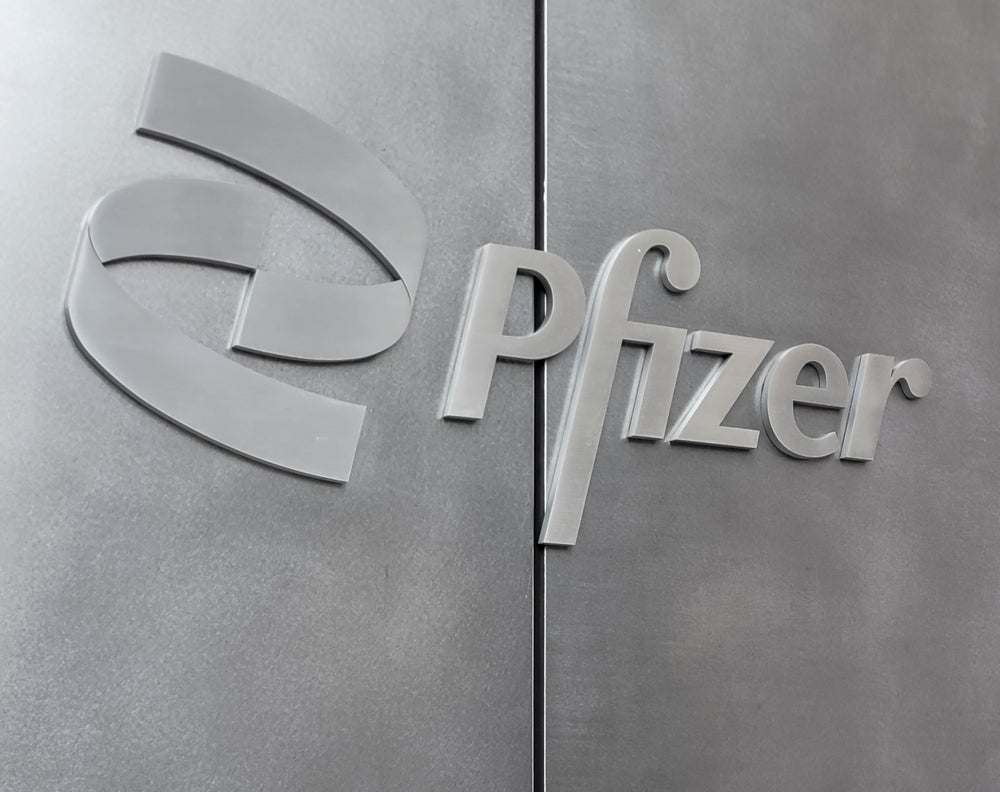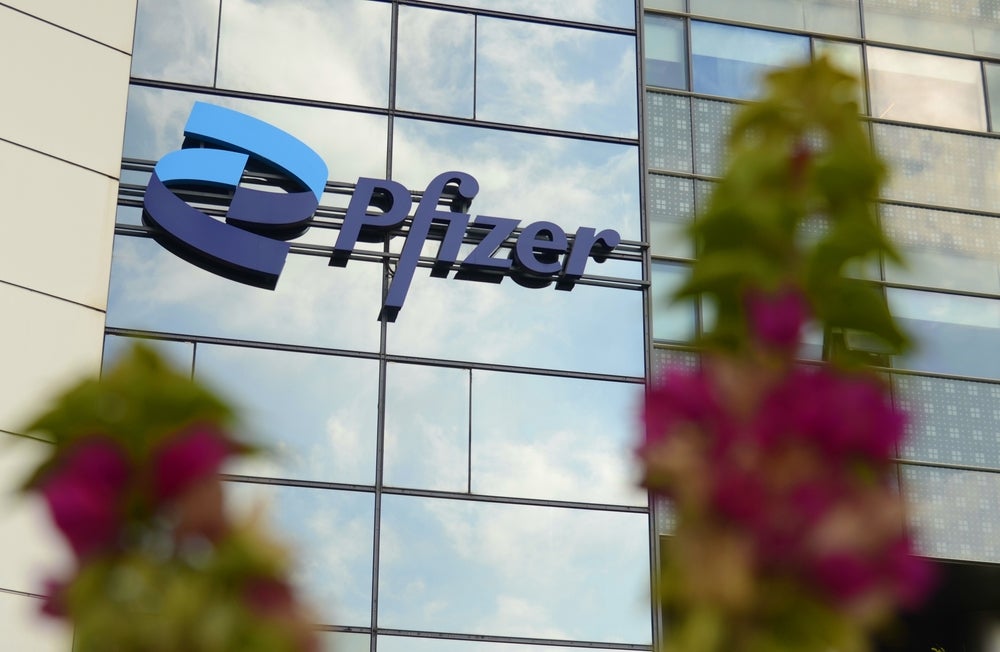Concerns surrounding vaccine-induced immune thrombotic thrombocytopenia (VITT) with Johnson & Johnson’s (J&J) single vaccine shot are reminiscent of those that emerged following AstraZeneca’s Covid-19 vaccine rollout. Both vaccines use adenoviral vector technology, where genetically engineered adenoviral vectors introduce a gene from SARS-CoV-2 into the body, prompting cells to make the coronavirus spike protein. Following the pause of J&J’s vaccine administration, the European Medicines Agency (EMA) has reiterated the verdict issued for AstraZeneca’s offering, such that J&J’s vaccine label will carry a warning, with EU member states to determine use in line with needs, clearing rollout to commence across Europe.
In view of a recent agreement with J&J, Dr Andreas Greinacher, a researcher at University Medicine Greifswald in Germany, has indicated plans to study the vaccine components. As well as detailing thorough accounts of patients developing VITT in the New England Journal of Medicine, Greinacher and colleagues have released a report outlining potential mechanisms in which AstraZeneca’s vaccine may trigger these effects. The report is yet to be published in a scientific journal.
How well do you really know your competitors?
Access the most comprehensive Company Profiles on the market, powered by GlobalData. Save hours of research. Gain competitive edge.

Thank you!
Your download email will arrive shortly
Not ready to buy yet? Download a free sample
We are confident about the unique quality of our Company Profiles. However, we want you to make the most beneficial decision for your business, so we offer a free sample that you can download by submitting the below form
By GlobalDataThe team proposes virus proteins and higher than typically observed concentrations of vaccine constituents such as ethylenediaminetetraacetic acid (EDTA) to be involved in a sequence of events that mediate VITT. They speculate AstraZeneca’s vaccine activates platelets through mechanisms including platelet interaction with cell culture-derived proteins and EDTA. Activated platelets release platelet factor 4 (PF4). Owing to its positive charge, PF4 binds to vaccine constituents to form multimolecular aggregates that include virus proteins.
A mouse model was used to highlight the increased microvascular leakage facilitated by AstraZeneca’s EDTA-containing vaccine. Increased vascular permeability allows for the dissemination of proteins including cell culture-derived human proteins. Consequently, in some individuals, constituents of the vaccine including PF4 complexes may trigger immune events, leading to anti-PF4 antibody production. In a very small percentage of individuals, high titer anti-PF4 antibodies may result in additional immune reactions, fueling the prothrombotic response observed in VITT. The researchers may be able to determine the occurrence of similar events in the case of Johnson & Johnson. Though EDTA is not listed as an ingredient in J&J’s vaccine, some of the mechanisms proposed by Greinacher may play a role.
The proposed mechanisms have been met with support and scepticism by experts. Nonetheless, Greinacher has been commended for leading necessary and intriguing research. Continued investigations into the observed VITT effects could allow for improved treatment of adverse effects as well as vaccine modifications, preventing the occurrence of unusual clotting.
Though platelet activation effects should not be regarded as a class effect of adenoviral vector vaccines, at present, products in this category should be closely observed. This includes China’s Convidecia vaccine headed by CanSino Biologics and Russia’s Sputnik V developed by the Gamaleya Institute. CanSino Biologics issued a statement advising no blood clot-related serious adverse events were reported in around one million administered vaccinations and reiterated its use of a different adenovirus relative to J&J’s offering. Gamaleya also endeavoured to distinguish Sputnik V from the other adenovirus vaccines, alluding to variations in viruses used, cells lines used in production, sequences of spike DNA carried, purification methods and administration dosages.
Mounting safety concerns may continue to increase the popularity of mRNA vaccines. Despite trailing behind Pfizer/BioNTech and Moderna’s vaccine timelines, German biopharma Curevac may stand to gain from the current obstacles being faced by AstraZeneca and J&J. The company’s candidate CVnCoV may also gain a competitive edge on the alternative mRNA vaccines owing to stability at higher temperatures. Strategic agreements with companies including Novartis and Bayer stand to boost production capabilities and potentially aid regulatory approval. Despite uncertainties, researchers and vaccine regulators alike continue to stress that in the vast majority of cases, immunisation benefits continue to outweigh the small risk of VITT.










Related Company Profiles
Johnson & Johnson
Bayer AG
Novartis AG
AstraZeneca Plc
Moderna Inc